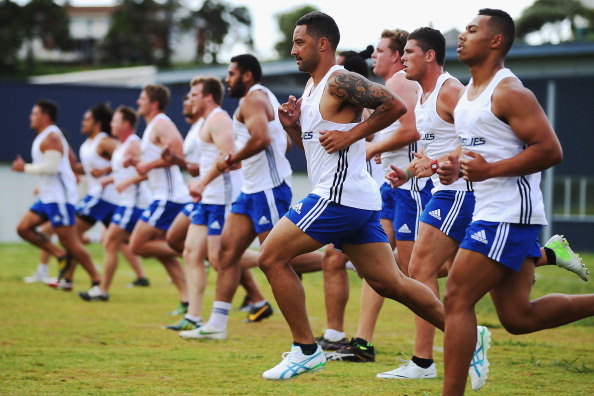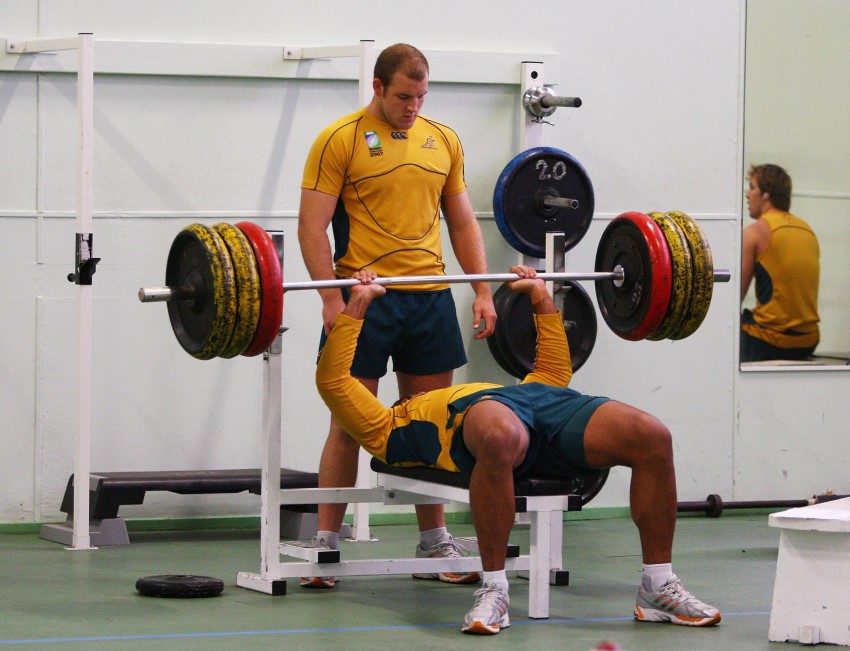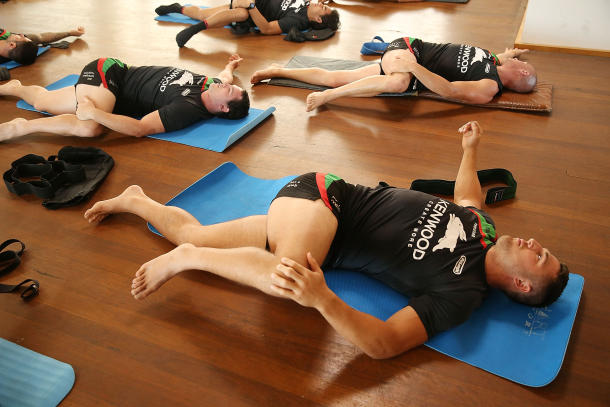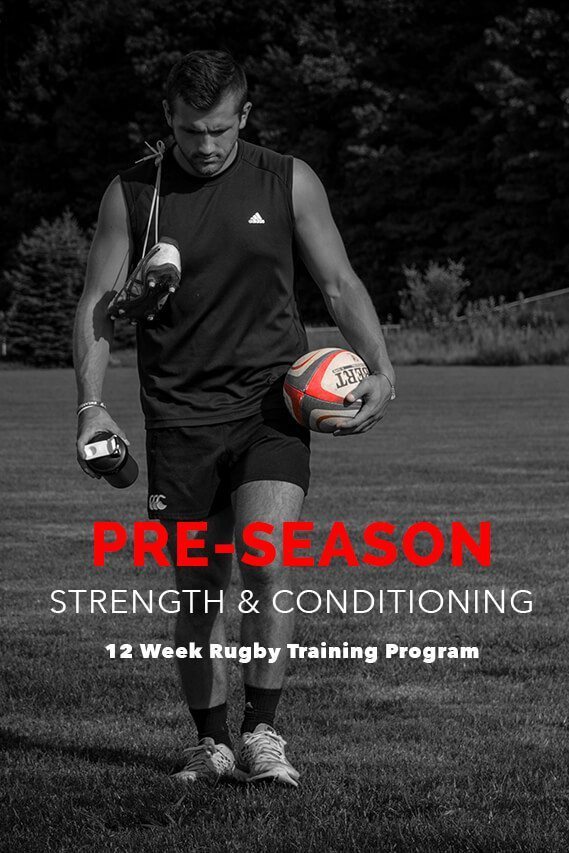Rugby coaching has been recognized since the game gained professional status in the mid-1990s. Since that time, the game of rugby has changed a lot. It requires considerably greater physical effort and is faster and more intense. Therefore, rugby pre-season training is very important to improve the playing performance of the players. Today’s article will learn about the importance, principles and specific exercises for rugby pre-season training.
The Importance of Rugby Pre-Season Training
Every year, pre-season rugby training around the world begins in mid-July. Traditionally, pre-season has been seen as a time to build up fitness and complete a large number of training sessions in various regimens in preparation for the competitive season. The pre-season training program structure can be broken down into general prep and specific prep. The general preparation phase is based on strengthening physical fitness and working capacity. Technical and tactical elements are still included in the training week but the focus is on getting the players fit enough to meet the demands of training and competition.
To prepare for the rugby season, athletes use an endurance training approach that combines anaerobic and aerobic conditioning to get their bodies ready for rugby matches. A 2010 study published in the Journal of Sports Science evaluated the effects of a short-term pre-season training program on the body composition and anaerobic performance of rugby league players professionally. They observed a small decrease in fat mass and a small increase in fat-free mass, biceps circumference, and increases in strength and body composition.
6 Rules For Rugby Pre-Season training
Focus on clear training goals
The game of rugby depends on a lot of factors like fitness and technique, during rugby season we are basically forced to train all of them simultaneously. If you ignore any factors that will affect the playing performance on the field. The great thing about rugby pre-season training is that it’s the only time of year that allows you to take a more focused approach and make progress much faster than usual. What counts is seasonal, and this approach is the way to go if you want the most significant, fastest gains in strength, speed, size, and fitness in pre-season.

Gradually increase intensity
Think of rugby like a pyramid. Like any other pyramid, the wider you can build the base in the early stages, the stronger it becomes and the higher you can build in the end. All of the intensive workouts I mentioned above are top-notch. When you try to build a peak on top without a base, not only will you build a shorter pyramid, but your pyramid is much more prone to toppling.
Basically, before a high-intensity workout, you have to do a low-intensity and low-volume workout that serves as the base of your rugby fitness pyramid. This way, you’re not only properly preparing your body for intense workouts and reducing your risk of injury, but you’re also making more progress.
Prioritize speed development
Due to the required changes in the training program, the average rugby player will lose speed and explosiveness throughout. These are the two most difficult qualities to develop in coaching so should be at the heart of pre-season training. If you want to maximize your performance, you should do speed training and plyometric work during the pre-season.
Build muscle strength
Every rugby player on the planet wants to have a strong and toned body. So, at the time of pre-season, the players were pursuing the goal of gaining muscle and losing body fat. For example, if you are an amateur rugby player, you usually have about 14-16 weeks from the end of one rugby season to the start of another. If we assume you’re going to take 2-4 weeks off training altogether, that means you’ve got about 12-14 weeks of pre-season training in total.

A good goal for weight gain is to try to increase your weight by about 0.5kg per week for 8-12 weeks at a time. Be cautious and say you gain weight in 9 weeks, and put on 4.5kg – some muscle, some fat. At the end of those 9 weeks, you will definitely be more muscular and stronger but you may get fatter and a bit slower so you will use the remaining 3-5 weeks pre-season to lose the fat you have already gained. get and keep the new shape.
Overcome the risk of injury
Rugby players tend to take very harsh training courses to develop as much strength as possible. The point is, like a chain, your body is only as strong as its weakest link. Even when we perform exercises in good form, the body will always try to cheat and shift the load away from the weakest part of the movement.
You need to be patient to increase your speed and strength in the long run by identifying and fixing weak links as early as possible during pre-season training. To do this, I recommend having a basic injury screening assessment such as the Functional Mobility Monitor with a qualified trainer who will be able to tell you where you are most at risk of injury and what you need to do to correct this.
Stop trying to recover after a workout
Stop trying to recover from a workout. This can be a tough exercise to manage, but trying to speed up your recovery can really slow down your gym. This is because exercise puts stress on the body, and it is this stress that acts as a signal for the body to adapt. Without stress, we cannot become bigger, stronger, faster and leaner. If you try to reduce stress with restorative forms such as compression leggings, light aerobic exercise, and soft tissue activities such as foam rolling, you will reduce this stress and reduce the signal to adapt. Train hard, eat right, and recover at your body’s pace if you want to make the most of your progress in the gym.

Rugby Pre-season workouts to improve fitness
Increase Cardio with The Hurt Box
The Hurt Box cycling workout focuses on increasing your capacity for repetitive high-intensity efforts, as well as your ability to recover between efforts. If you are looking to develop your cardiovascular system and improve your ability to endure tough efforts then this is the product for you.
Improving athletic performance
All Blacks Burner aims to improve your VO2 Max and overall athletic performance by working you near and above your FTP. Start off with an 18 minute warm-up, then you’ll finish 4 x 2 minute efforts with 115% of your FTP. The session ended with 8 minutes of cooling down.
Improving aerobic efficiency
The Aerobic Engine is a great workout for anyone looking to increase their aerobic endurance. This will improve your ability to maintain moderate intensity for longer periods, which will enhance your ability and enjoyment in a variety of sports and physical activities.
Improving VO2 Max
The practice will improve your ability to perform at or above aerobic capacity. Start with short exercises then gradually increase the intensity throughout the session. Those are all the exercises that should be done in rugby pre-season training that we recommend to you today.
To sum up, today’s article has explained the importance of rugby pre-season training, 6 basic principles and specific exercises to increase fitness for athletes. Hope the article is of value to you.
Read more:

